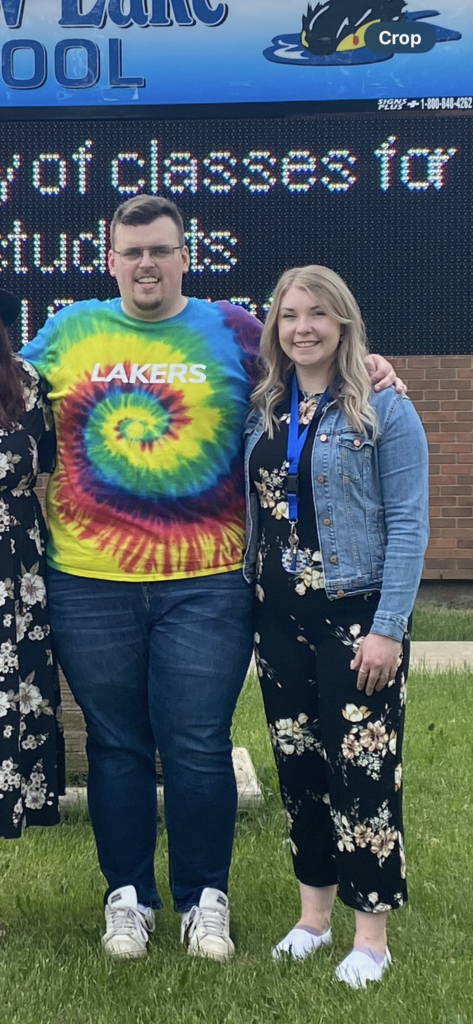My best friend Matthew is also a teacher; he teaches high school Language Arts and brings a very different perspective from mine, as I work with elementary students. In EDUC 622, I decided to ask him for help and gain a new perspective from someone who works with teenagers. I wanted to learn more about how he engages his students and fosters a love for learning in his high school classroom. He has a remarkable ability to connect with students and make them truly enjoy his class. My short, but powerful question to him was simply, “How?”

He didn’t really give me a simple answer to my question, but through our interview, I was able to identify five main themes in his responses. First, Relationship Building was key—he emphasized that without strong relationships, some of his classes would be a complete disappointment. He believes that when students are excited to connect with an educator, it makes teaching easier because they genuinely want to learn and hear what you have to say. Second and third, Student and Teacher Interest: He shared that if the students aren’t interested in what they’re learning, he’s not interested in teaching it. He’s honest with them about his own disinterest and tells them why, showing vulnerability and saying, “We have to get through this together.” He also noted that when he’s passionate about a topic, it makes students more engaged and motivated to connect what they’re learning to their own lives, further strengthening the teacher-student relationship. Fourth, Emotional Connection: He believes that being emotionally present for students, willing to listen and acknowledge that everyone has good and bad days, makes a significant difference. Understanding their family backgrounds, values, and culture also helps foster a sense of belonging. Lastly, Creativity: He advocates for moving away from standardized testing and instead making connections to the curriculum in creative ways, where students can express their learning through their own creativity. This approach not only makes learning more engaging but also allows students to take ownership of their education.
Throughout my work, I’ve been highlighting the importance of student identity, but upon reflection, I realize that it’s just as crucial for educators to have an identity and allow students to see that. Brené Brown is well-known for her discussions on vulnerability, and I think this concept is essential in education as well. Vulnerability can look different depending on whether we’re interacting with students, families, or colleagues, but it’s important for students to understand who we are not only as educators but as people. When we show parts of ourselves, it helps build trust and strengthens the relationship. Students are more likely to engage with us when they feel they can relate to us as individuals, rather than just authority figures, fostering a classroom environment built on mutual respect and understanding.
